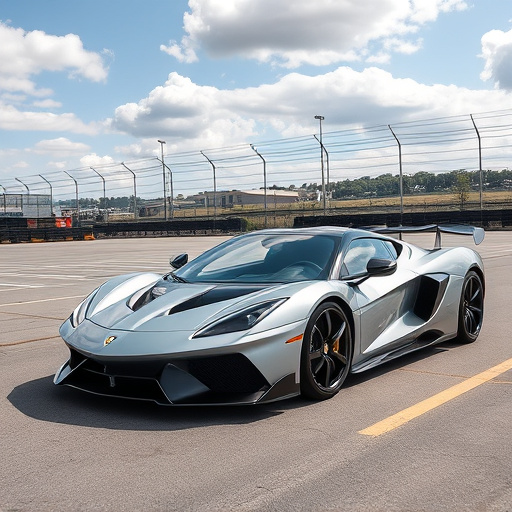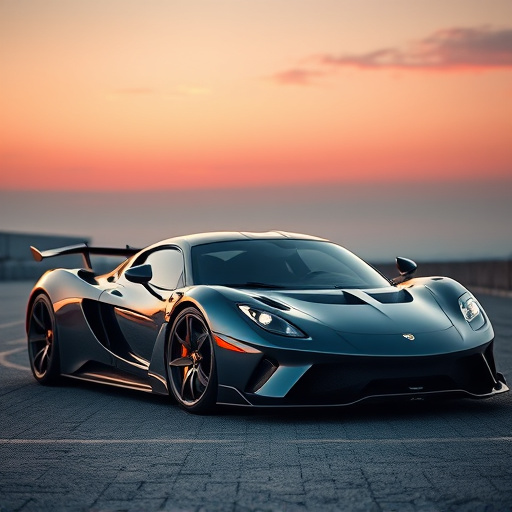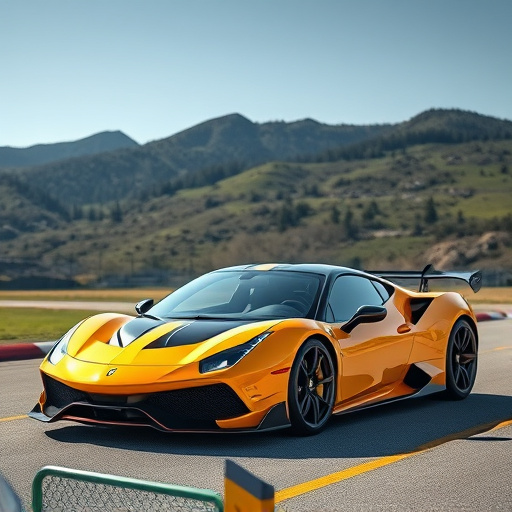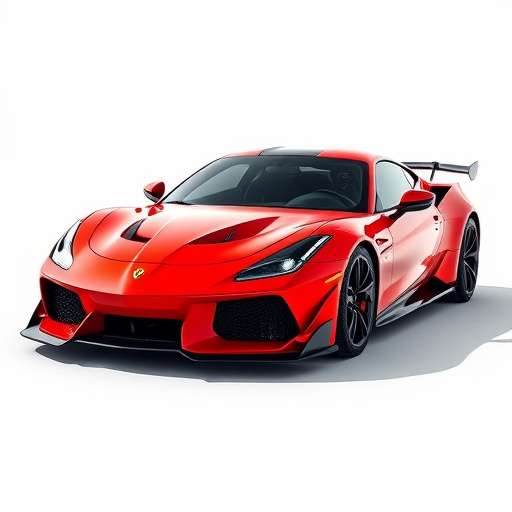Racing vehicles require a delicate balance between peak performance and longevity. High-flow air intake filters boost power but necessitate regular maintenance for optimal reliability, as increased airflow accelerates wear. For endurance events, engineers prioritize structural integrity and advanced technologies like durable parts and efficient cooling systems. Regular filter replacements are crucial to maintain both speed and long-term functionality in high-performance racing cars equipped with these advanced filters.
In the competitive world of racing vehicles, the quest for peak performance often comes at the expense of longevity. This article explores the delicate balance between speed and durability, delving into the impact of high-flow air intake filters on racing cars. We examine strategies to optimize setup, considering both immediate performance gains and the long-term reliability required for successful races. Understanding the trade-off is key, especially with high-flow air intake filters gaining popularity in the racing scene.
- Understanding the Performance-Longevity Trade-Off in Racing Vehicles
- High-Flow Air Intake Filters: Enhancing Performance at a Cost
- Balancing Speed and Durability: Strategies for Optimal Setup
Understanding the Performance-Longevity Trade-Off in Racing Vehicles

In the realm of racing vehicles, the balance between performance and longevity is a delicate one. High-performance cars often prioritize speed and power, equipped with components like high-flow air intake filters that enhance engine efficiency. These modifications can significantly boost acceleration and top speeds, but they may also contribute to faster wear and tear on various parts. Conversely, focusing on longevity involves selecting durable materials and maintaining regular servicing to ensure the vehicle’s structural integrity and reliability over time.
Racing vehicles designed for endurance events, such as long-distance races or marathon rallies, require different considerations compared to those meant for short-distance, high-speed competitions. While peak performance is still crucial, ensuring the car can withstand extended periods of operation without major breakdowns is equally vital. This trade-off often leads to a tailored approach, where engineers and mechanics strike a balance between optimizing power outputs and preserving key components, utilizing technologies like advanced cooling systems and carefully selected wear-resistant parts, to ensure both outstanding performance and long-lasting reliability.
High-Flow Air Intake Filters: Enhancing Performance at a Cost
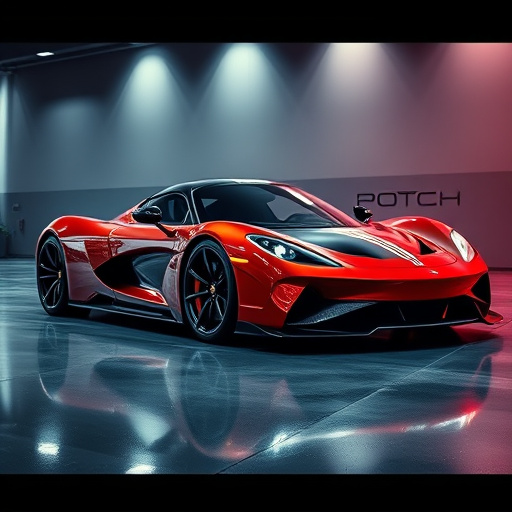
In the realm of racing and performance vehicles, every component contributes to the overall speed and agility. High-flow air intake filters have emerged as a popular modification among enthusiasts seeking to enhance their car’s performance. These advanced filters are designed to optimize airflow, allowing for increased engine power and better acceleration. By enabling more air to enter the engine, these high-flow air intake systems can significantly boost the vehicle’s overall performance, making them a favorite among racing drivers.
However, while the benefits are undeniable, there’s a critical trade-off: longevity. High-flow filters, with their increased airflow capacity, tend to accumulate more dust, debris, and contaminants over time. This can lead to reduced filtration efficiency and, eventually, damage to the engine if not regularly maintained or replaced. Therefore, for racing enthusiasts prioritizing both peak performance and long-term reliability, a balanced approach is crucial. Regular filter maintenance and timely replacements are essential to ensure the continued optimal performance of high-flow air intake filters.
Balancing Speed and Durability: Strategies for Optimal Setup
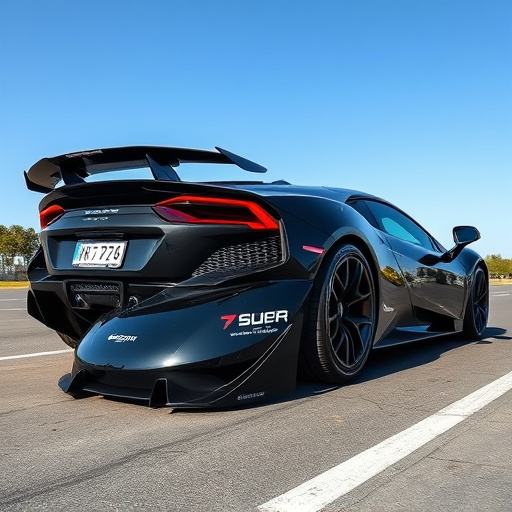
In the pursuit of optimal performance, many enthusiasts often find themselves caught between two key considerations: speed and longevity. When it comes to automotive setups, especially in racing, the choice between a high-flow air intake filter and standard options can dramatically impact both factors. High-flow air intake filters are designed to maximize airflow, enhancing engine power and acceleration—crucial for quick, explosive starts on race tracks. However, this increased flow can also lead to higher wear rates on components like filters themselves, potentially reducing their lifespan.
To strike a balance, enthusiasts should consider strategic approaches. Regular maintenance, such as timely filter replacements, is essential to sustain both performance and durability. Additionally, using high-flow air intake filters specifically designed for longevity—with robust materials and advanced technologies—can mitigate wear. This ensures that the setup maintains peak performance over extended periods, offering a sustainable advantage in racing.
In the pursuit of speed, racing vehicles often face a delicate balance between performance and longevity. This article has explored strategies to navigate this trade-off, from understanding the fundamentals of the performance-longevity relationship to specific modifications like high-flow air intake filters. By carefully considering and implementing these techniques, racers can optimize their vehicle’s setup, achieving both exceptional speed and extended durability, crucial elements for any successful racing strategy involving high-flow air intake filters in competitive racing scenarios.








